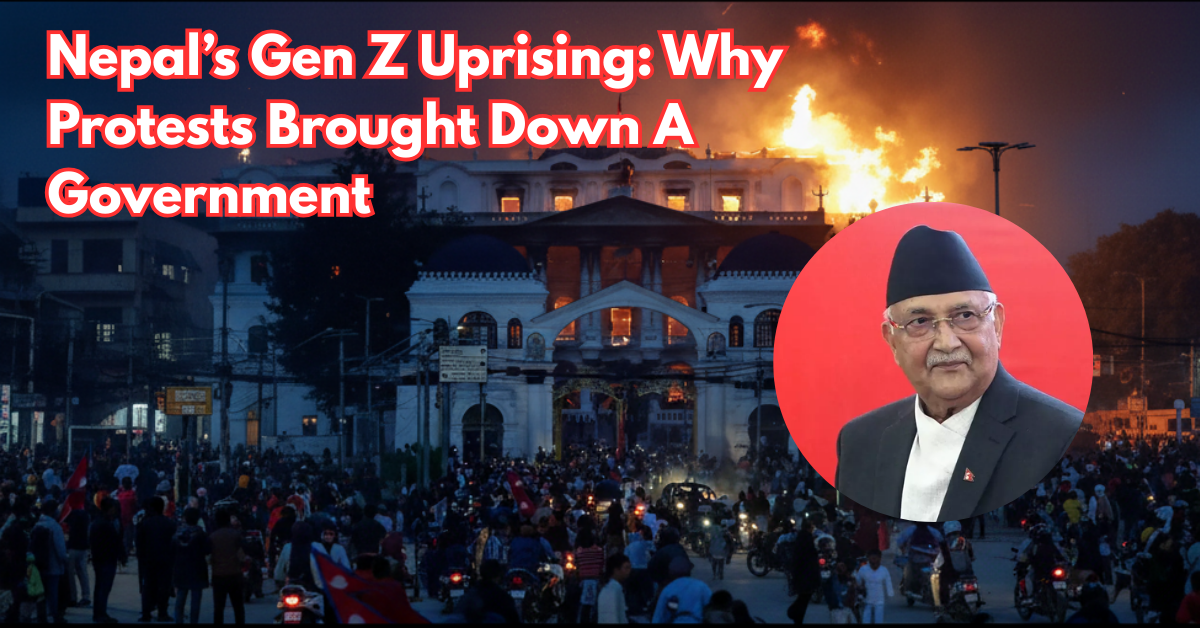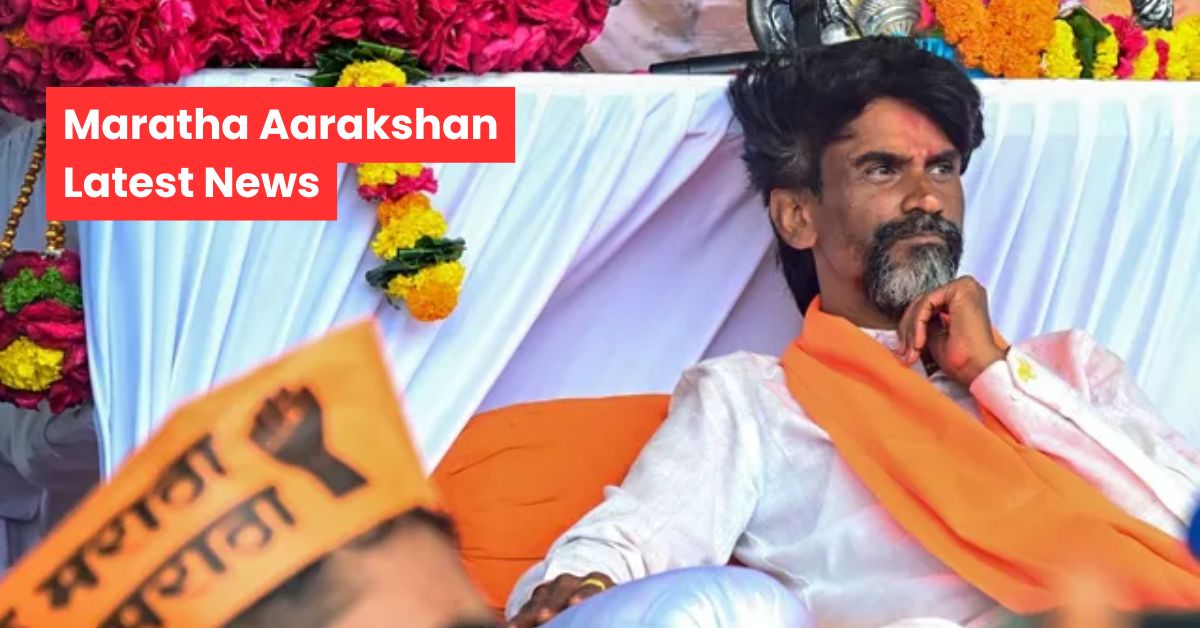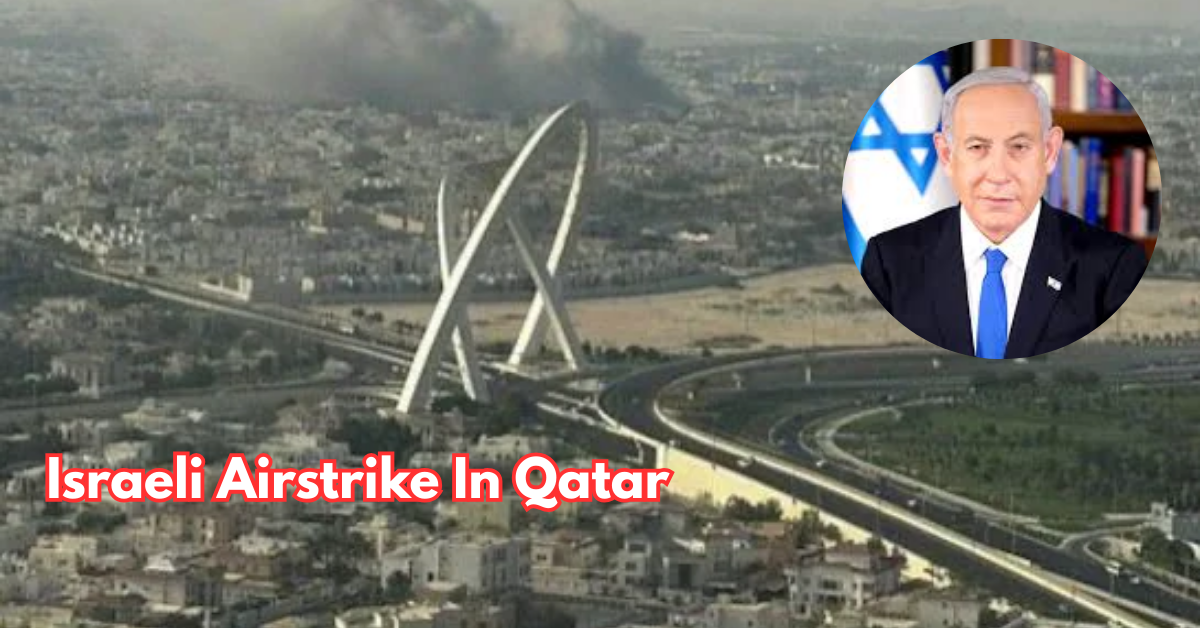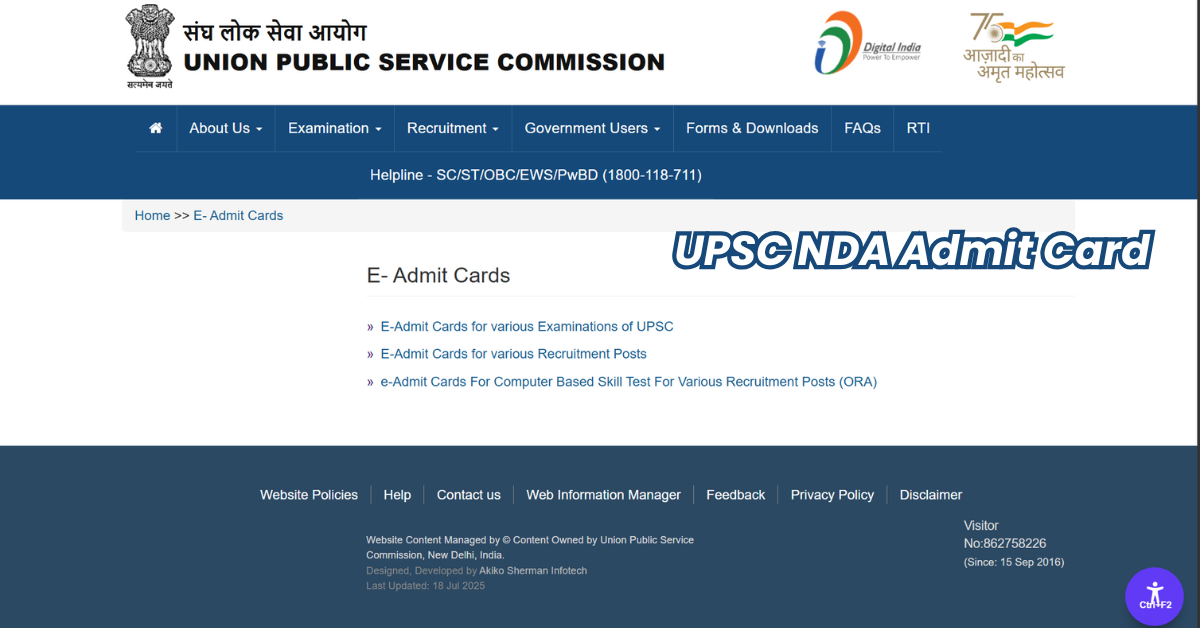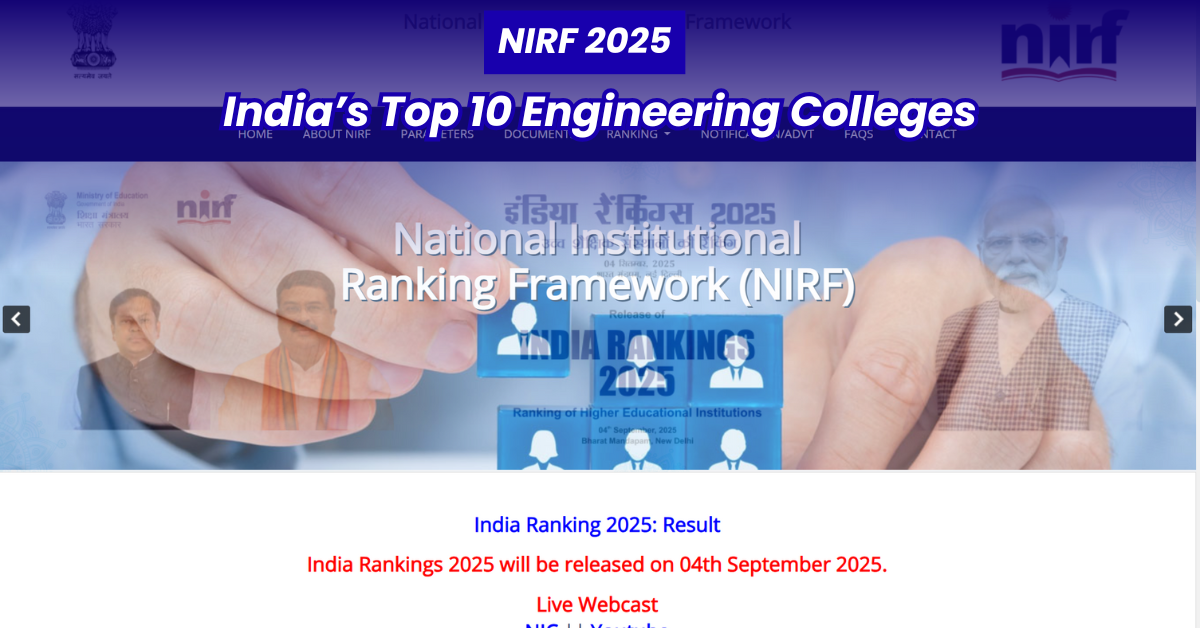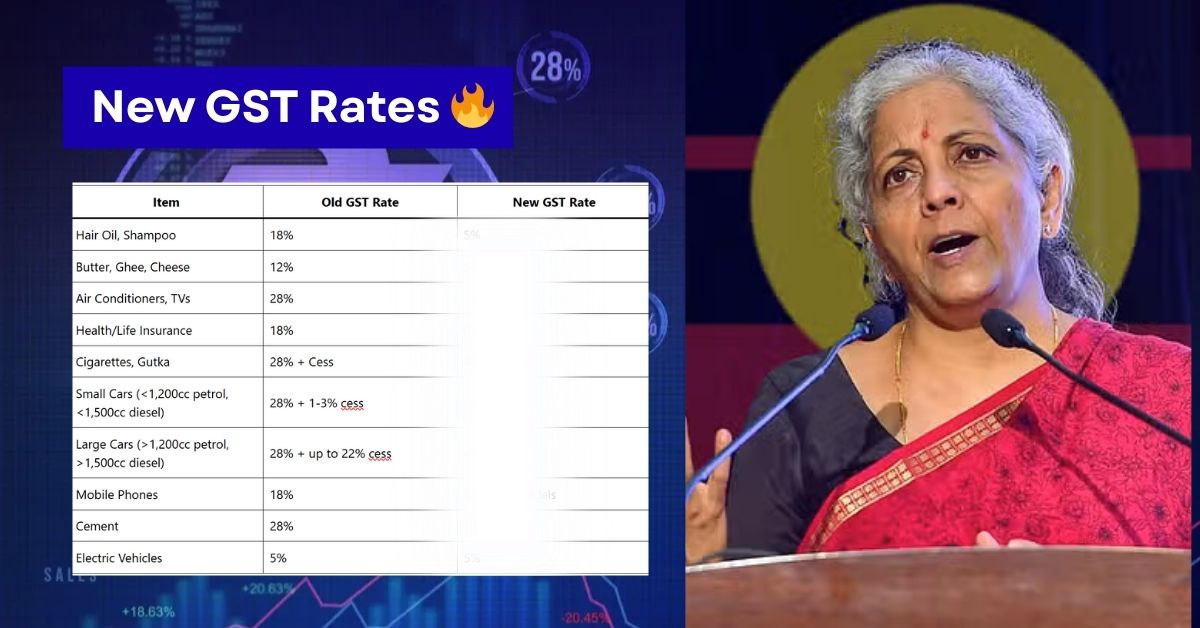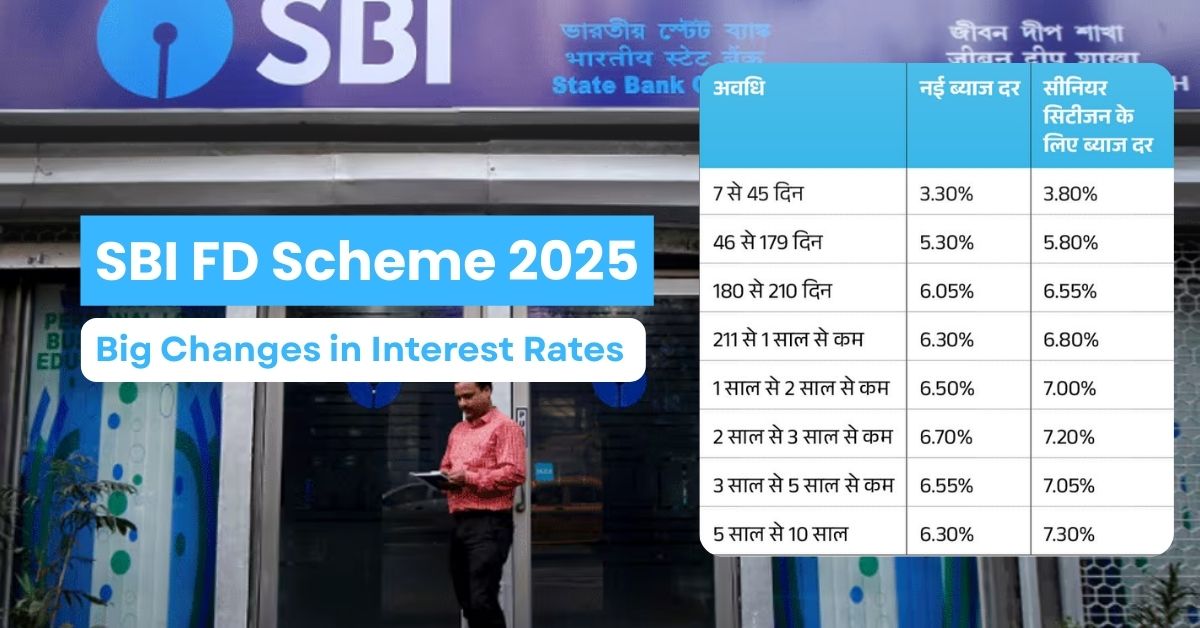What happens when leaders try to silence their own youth? In Nepal, it led to a massive rebellion. On September 9, 2025, Prime Minister KP Sharma Oli stepped down after violent demonstrations shook the country. Led by Gen Z, the protests saw parliament buildings set on fire, curfews defied, and a strong demand for an end to corruption. Young Nepalis say they want a future that is honest and fair. Here’s a look at what unfolded and why it matters.
The Spark That Started It All
The unrest began on September 4, 2025, when Oli’s government blocked 26 social media platforms, including Facebook, Instagram, YouTube, and X. Officials claimed it was to stop misinformation, but for young Nepalis it was a direct attack on free expression. By September 8, thousands of students and youth filled the streets of Kathmandu, Pokhara, and other cities chanting, “Stop corruption, not social media.”
That same day, the protests turned violent. Police fired tear gas, rubber bullets, and even live rounds. Nineteen people were killed—seventeen in Kathmandu and two in Itahari—while more than 300 were injured.
A Movement That Refuses To End
Even after the ban was lifted on September 8, the anger only grew. The next day, protesters set fire to Oli’s private house, the parliament building, and residences of other senior leaders like President Ramchandra Poudel and former prime ministers Pushpa Kamal Dahal and Sher Bahadur Deuba.
Curfews were declared in Kathmandu, Lalitpur, Bhaktapur, Sarlahi, and Rautahat, yet crowds still poured into the streets. The Nepali Army was called in, and Kathmandu airport was partially closed, leaving nearly 700 Indian travelers stranded.
Why Young Nepalis Are So Angry
The social media ban was only the trigger. Years of frustration have built up among the youth.
- Corruption And Nepotism: Many are tired of politicians and their children showing off wealth while jobs remain scarce. The hashtag #NepoKids has become a symbol of inequality.
- Economic Struggles: With limited opportunities inside the country, millions work abroad. The younger generation feels abandoned by leaders who have failed to improve the economy.
- Police Violence: The death of 19 protesters, most between 13 and 28 years old, has shocked the nation. Reports say unarmed students were shot, and hospitals are overflowing with the injured.
- Demand For Change: Voices like Sudan Gurung of Hami Nepal and Kathmandu mayor Balendra Shah are calling for transparency, accountability, and an end to family-run politics.
Also Read
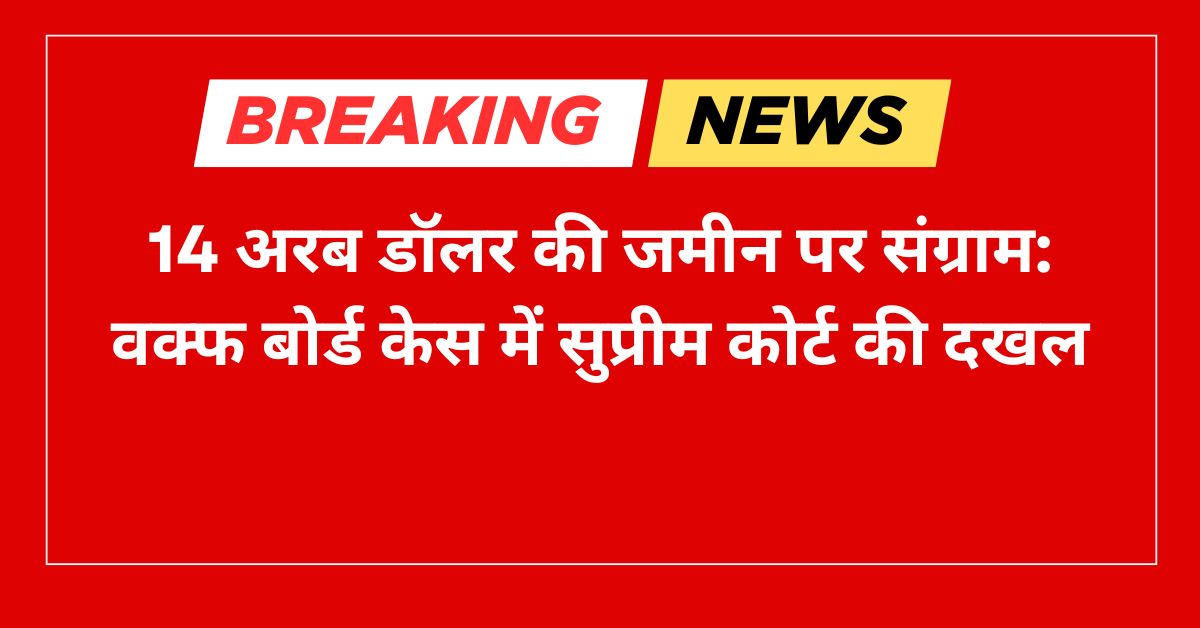
Waqf Board Drama: Supreme Court Steps In On Controversial 2025 Act – What It Means For India
How It Compares To Past Protests
| Event | Nepal 2025 Protests | 2008 Monarchy Protests |
|---|---|---|
| Trigger | Social media ban, corruption | End of monarchy |
| Death Toll | 19 (as of Sep 9, 2025) | ~20 |
| Key Players | Gen Z, students, Hami Nepal | Political parties, Maoists |
| Outcome | PM resignation, unrest continues | Monarchy abolished |
The 2025 movement, now called the “Gen Z uprising,” is the biggest since 2008. But this time it is not political parties in the lead—it is the youth themselves.
What People Are Saying
On X, posts show both anger and pride. Many call the protesters heroes, sharing lines like “The youth have won!” from Sudan Gurung that quickly spread online. Others remember September 8 as a “black day” because of the police firing. At the same time, some users are asking for talks to avoid more bloodshed.
The UN and seven foreign embassies have urged Nepal to investigate the killings and restore peace.
What Comes Next
Oli’s exit has not ended the crisis. The Nepali Congress and Maoist Centre are considering forming a coalition, but the Rashtriya Swatantra Party—popular among youth—may play a big role. Balendra Shah, the rapper-turned-mayor of Kathmandu, is rising as a fresh symbol of hope.
Still, with the army on the streets and protests spreading across provinces, the country faces an uncertain road. Both India and China are watching closely, with India already issuing advisories for its citizens.
Why It Matters Beyond Nepal
This unrest shows how powerful young voices can be. It is a warning to governments everywhere that corruption and censorship come at a cost. For Nepali youth, this fight is about dignity and a fair chance at the future. The question is clear: will this Gen Z uprising push Nepal towards a new democracy, or will the turmoil deepen?
